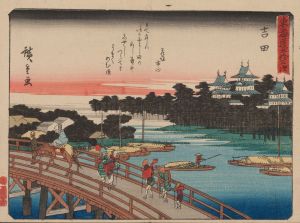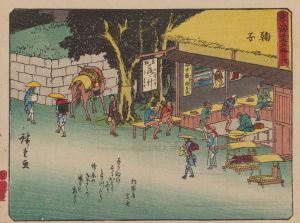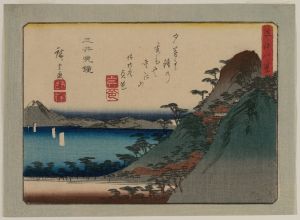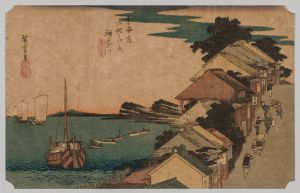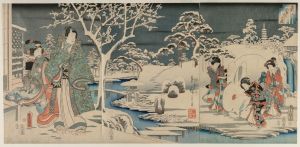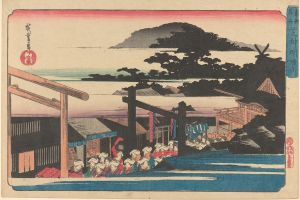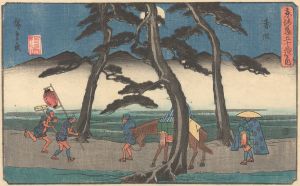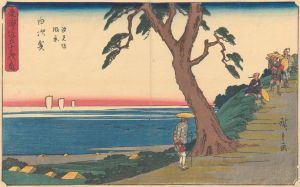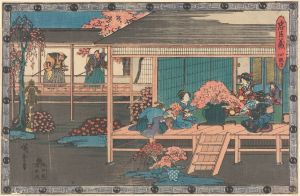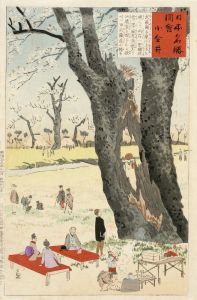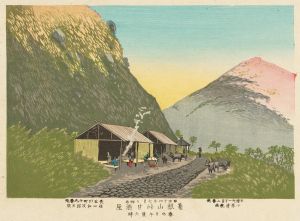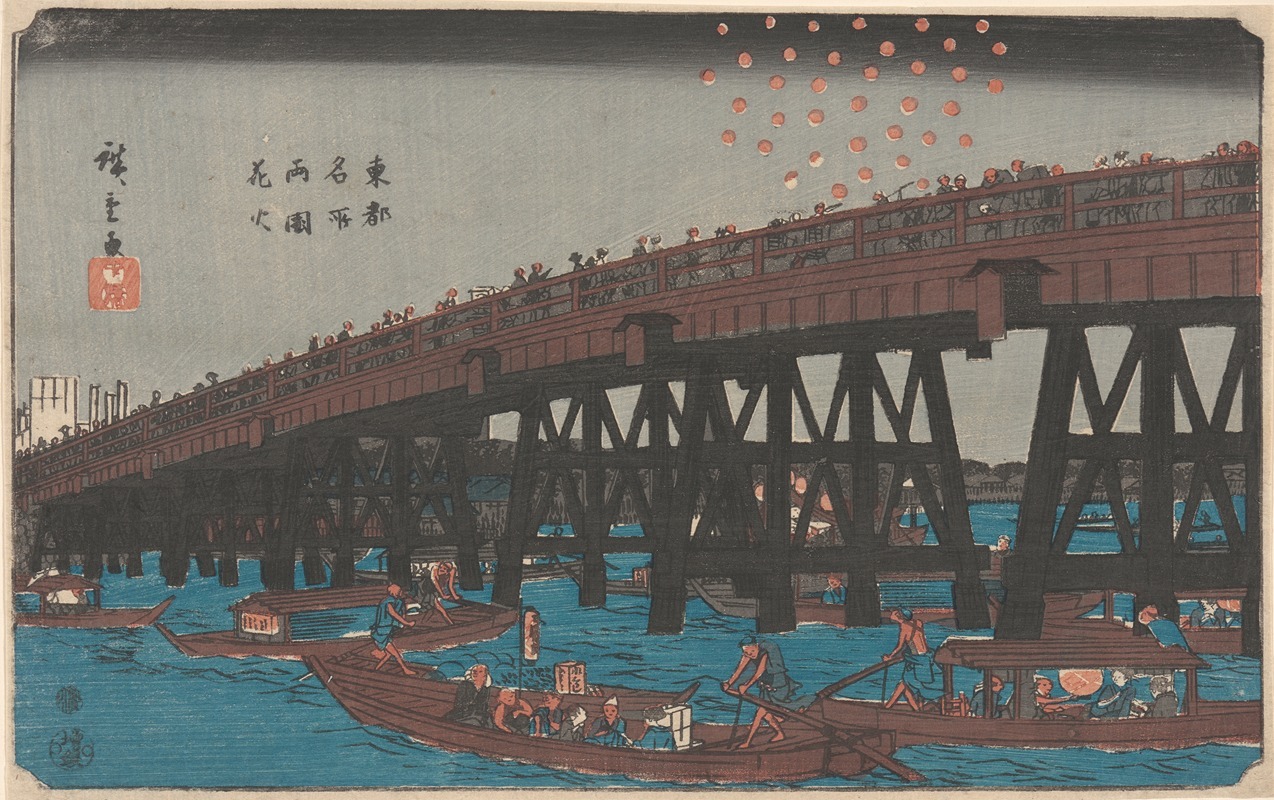
Ryôgoku; Fireworks at Ryôgoku
A hand-painted replica of Andō Hiroshige’s masterpiece Ryôgoku; Fireworks at Ryôgoku, meticulously crafted by professional artists to capture the true essence of the original. Each piece is created with museum-quality canvas and rare mineral pigments, carefully painted by experienced artists with delicate brushstrokes and rich, layered colors to perfectly recreate the texture of the original artwork. Unlike machine-printed reproductions, this hand-painted version brings the painting to life, infused with the artist’s emotions and skill in every stroke. Whether for personal collection or home decoration, it instantly elevates the artistic atmosphere of any space.
"Ryôgoku; Fireworks at Ryôgoku" is a woodblock print by the renowned Japanese ukiyo-e artist Andō Hiroshige. Hiroshige, also known as Utagawa Hiroshige, was born in 1797 and became one of the most prominent figures in the ukiyo-e genre, which flourished during the Edo period (1603-1868). His works are celebrated for their poetic and atmospheric qualities, often depicting landscapes, seasons, and scenes of everyday life in Japan.
This particular print, "Ryôgoku; Fireworks at Ryôgoku," is part of Hiroshige's famous series "One Hundred Famous Views of Edo" (Meisho Edo Hyakkei), which was published between 1856 and 1858. The series captures various locations around Edo (modern-day Tokyo), showcasing the beauty and vibrancy of the city through different seasons and times of day.
The scene depicted in "Ryôgoku; Fireworks at Ryôgoku" is set at the Ryôgoku Bridge, a well-known landmark in Edo. The bridge spans the Sumida River, a significant waterway that flows through the city. The print illustrates a summer evening during the annual fireworks festival, a popular event that attracted large crowds of spectators. Fireworks displays were a common form of entertainment in Edo, often held to celebrate various festivals and occasions.
In the composition, Hiroshige masterfully captures the lively atmosphere of the festival. The sky is illuminated by the brilliant bursts of fireworks, which reflect off the surface of the river below. The bridge is crowded with people, depicted in silhouette, who have gathered to enjoy the spectacle. Boats filled with additional spectators can be seen on the river, adding to the sense of bustling activity.
Hiroshige's use of color and light in this print is particularly noteworthy. The dark silhouettes of the figures and the bridge contrast sharply with the vibrant colors of the fireworks and the subtle hues of the evening sky. This contrast creates a dynamic and visually striking image that conveys the excitement and energy of the event.
"Ryôgoku; Fireworks at Ryôgoku" exemplifies Hiroshige's ability to capture the essence of a moment and his skill in portraying the interplay of light and shadow. The print not only serves as a visual record of a specific location and event in Edo but also reflects the cultural and social life of the period.
Hiroshige's works, including this print, have had a lasting impact on the art world. They influenced many Western artists, particularly during the Japonisme movement in the late 19th century. Artists such as Vincent van Gogh and Claude Monet admired and were inspired by Hiroshige's compositions, use of color, and innovative perspectives.
Today, "Ryôgoku; Fireworks at Ryôgoku" remains an important example of Hiroshige's artistry and a valuable piece of cultural heritage, offering insight into the traditions and daily life of Edo-period Japan.





